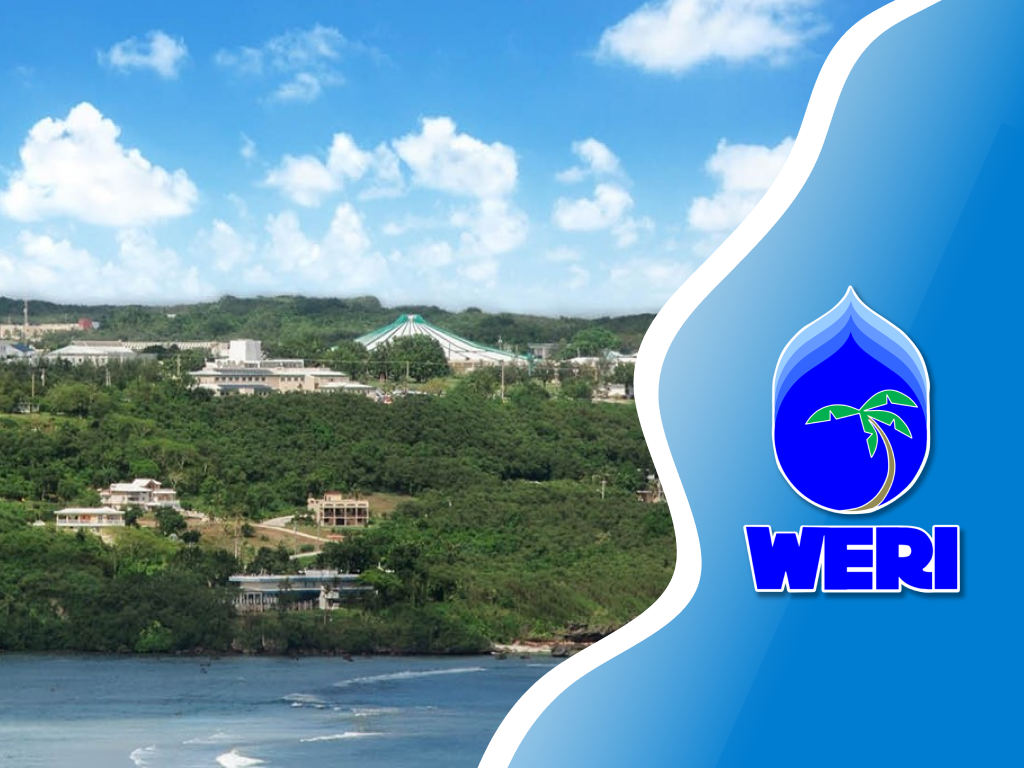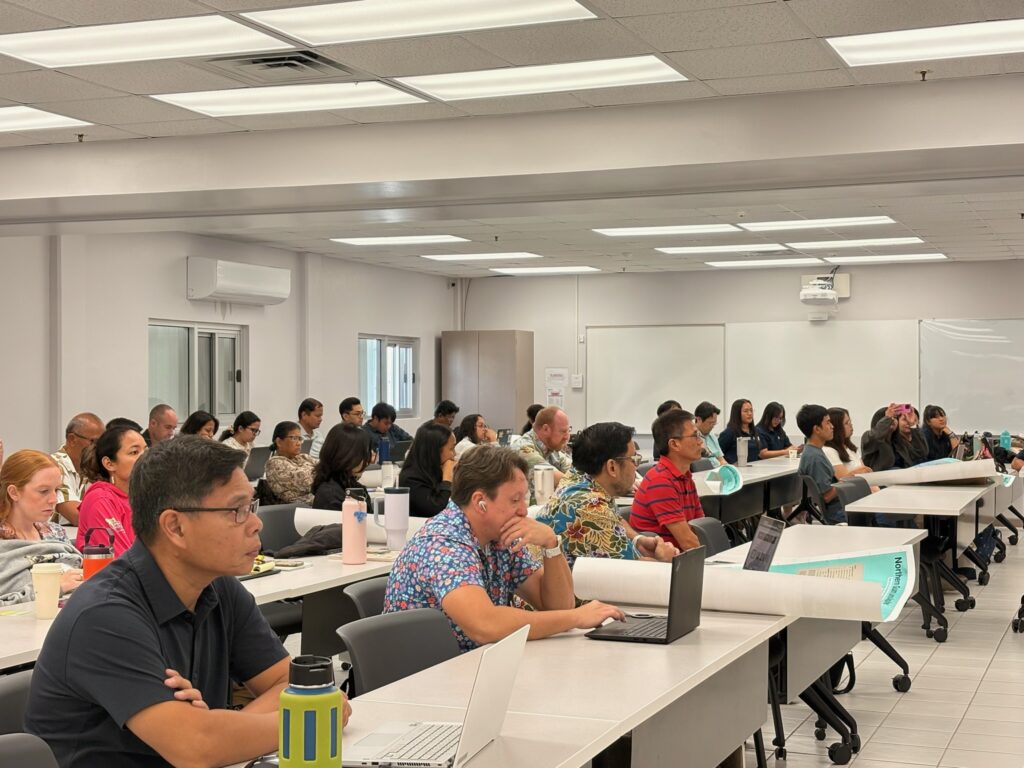
The Water & Environmental Research Institute of the Western Pacific (WERI) hosted the WERI–GLE Guam Hydrologic Survey (GHS) Workshop 2025, bringing together scientists, agency partners, and students to share the latest research on Guam’s water resources. The workshop was emceed by Dr. Nathan Habana, WERI hydrologist, and featured presentations from WERI faculty, research assistants, and collaborating agencies.
This year’s workshop highlighted new mapping tools, hydrologic data, and ongoing water research projects that directly support Guam’s long-term water security and environmental resilience. WERI’s research assistants (RAs) were a major feature of the event, presenting their own research and project updates—demonstrating the critical role of student-led efforts in building the island’s future capacity for water science and management.
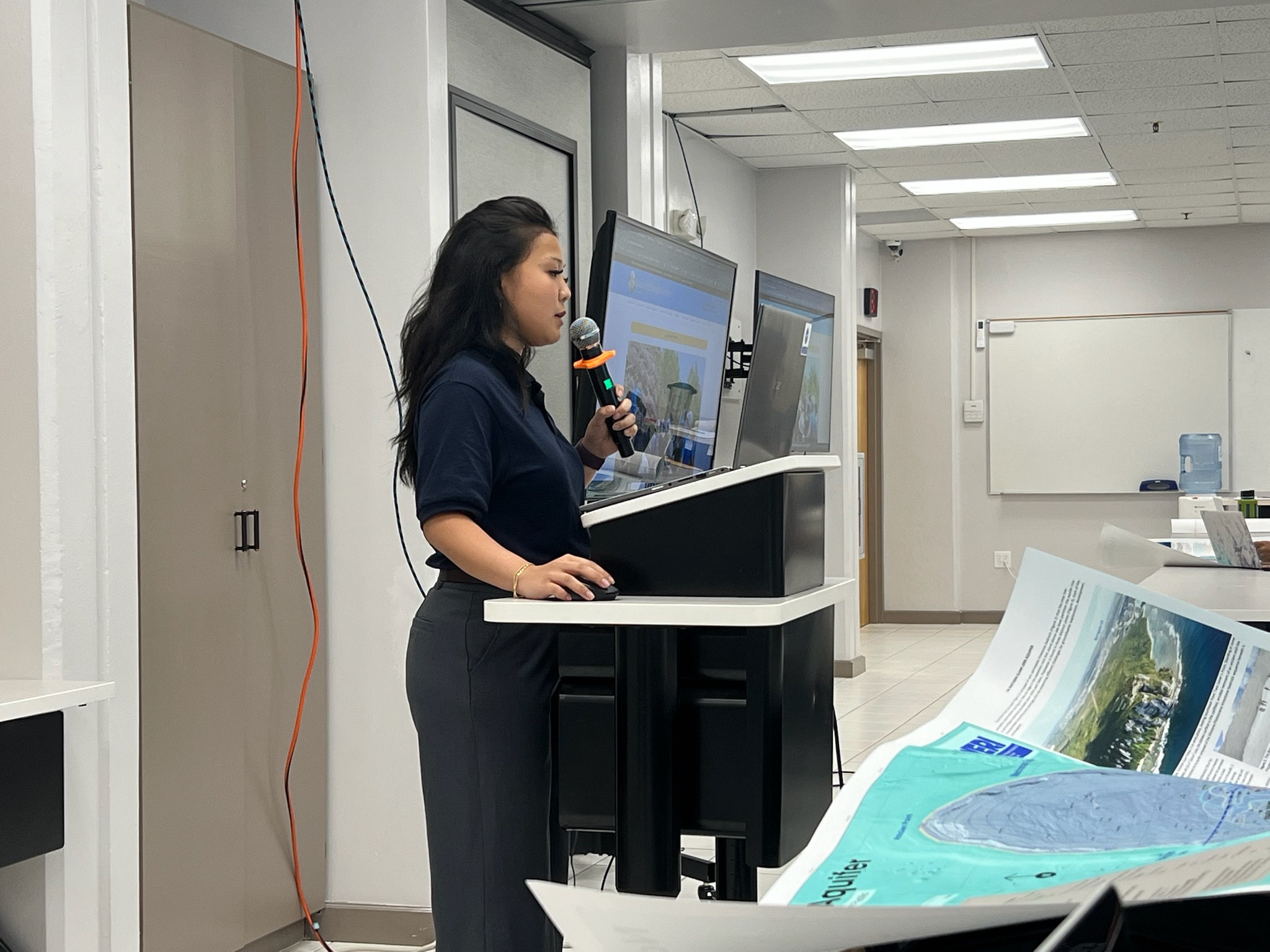
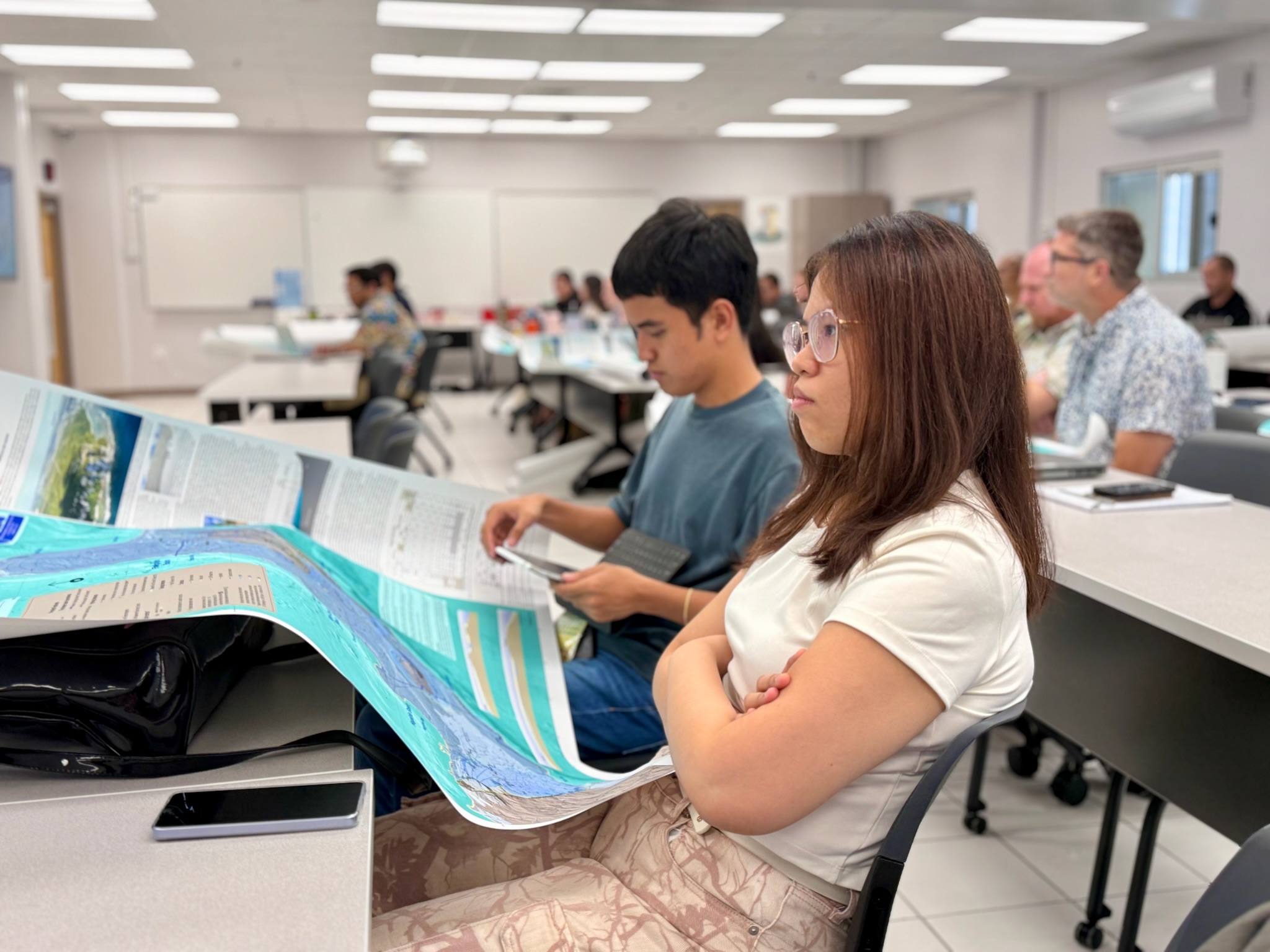
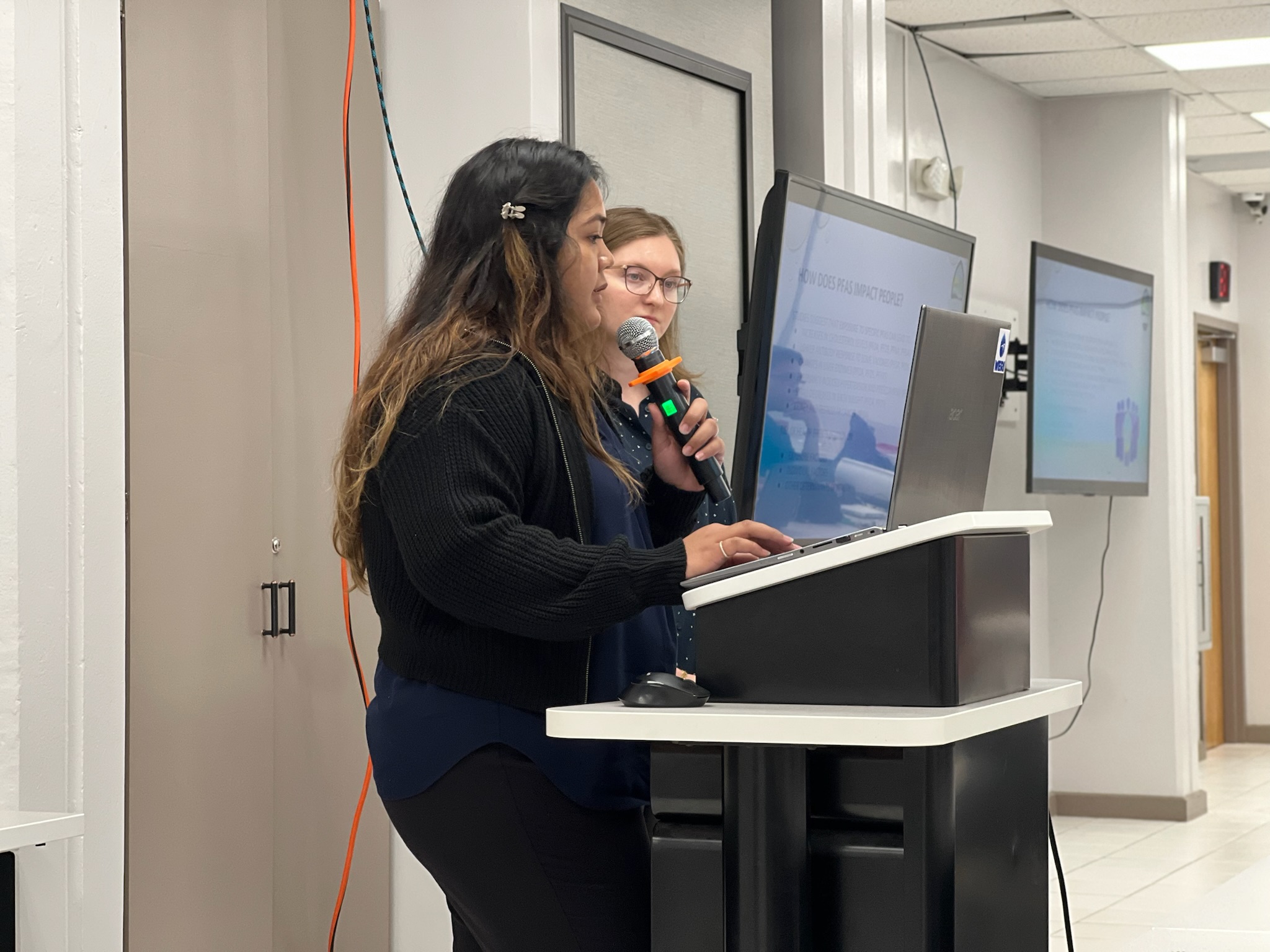
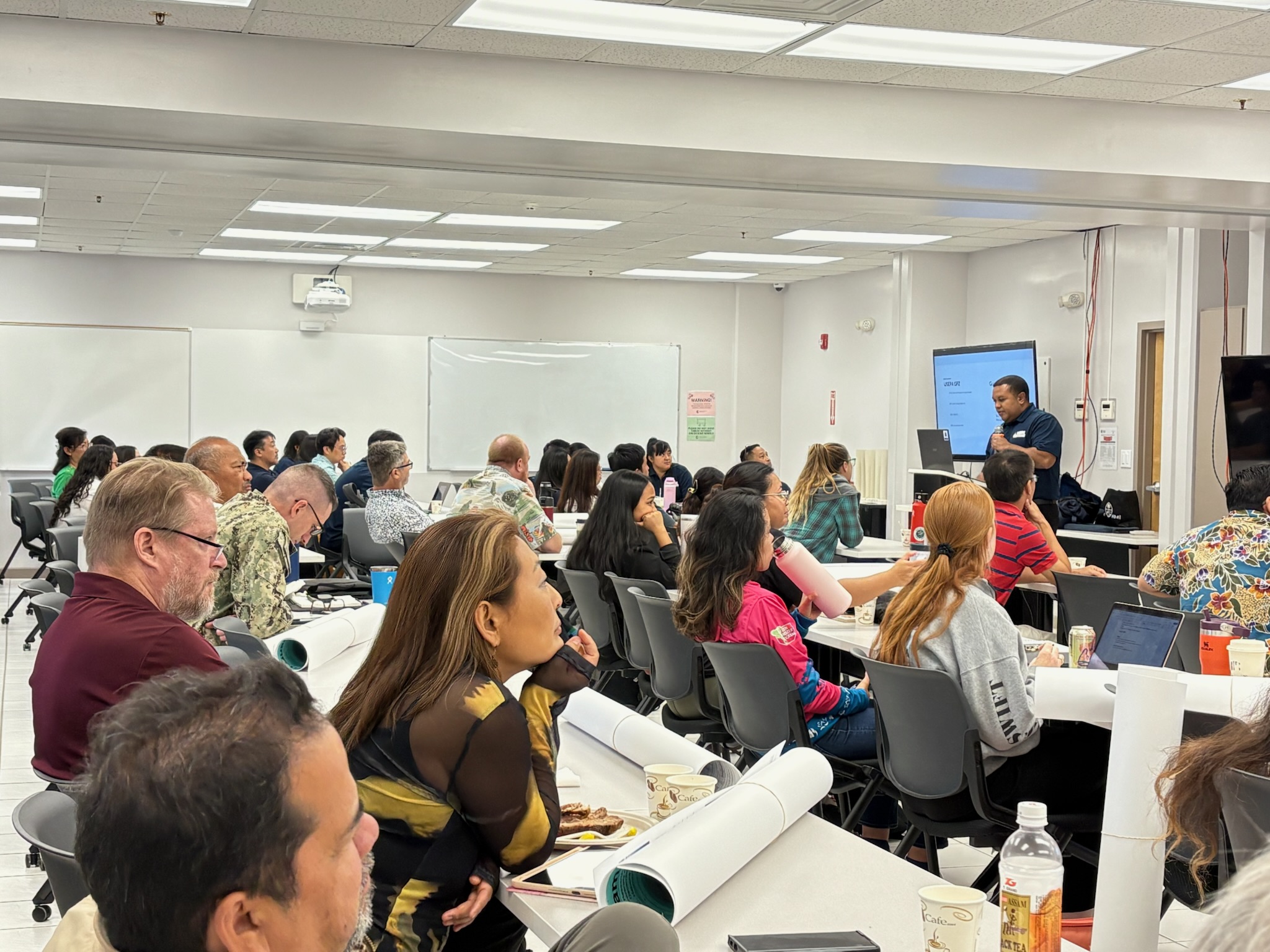
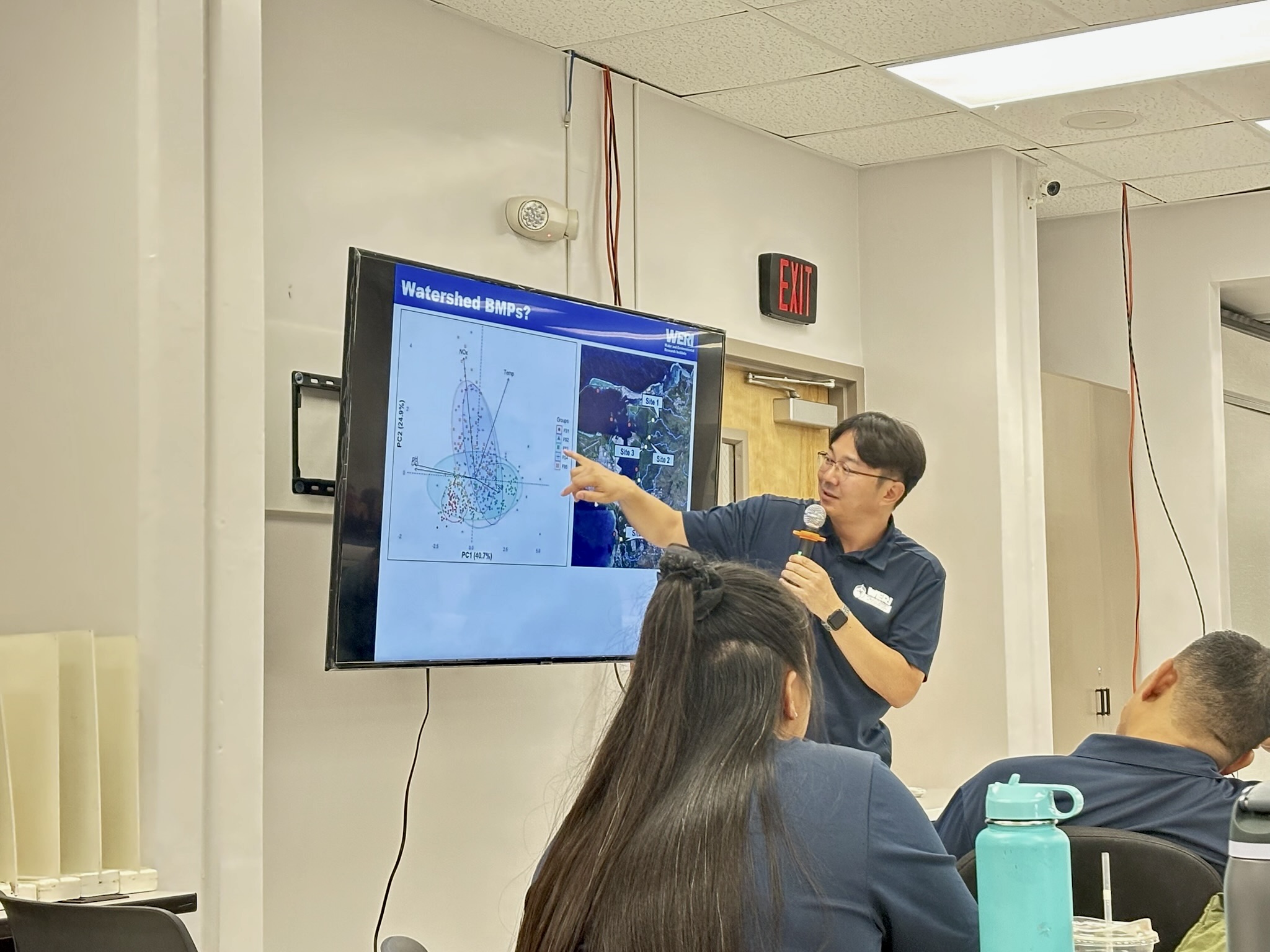
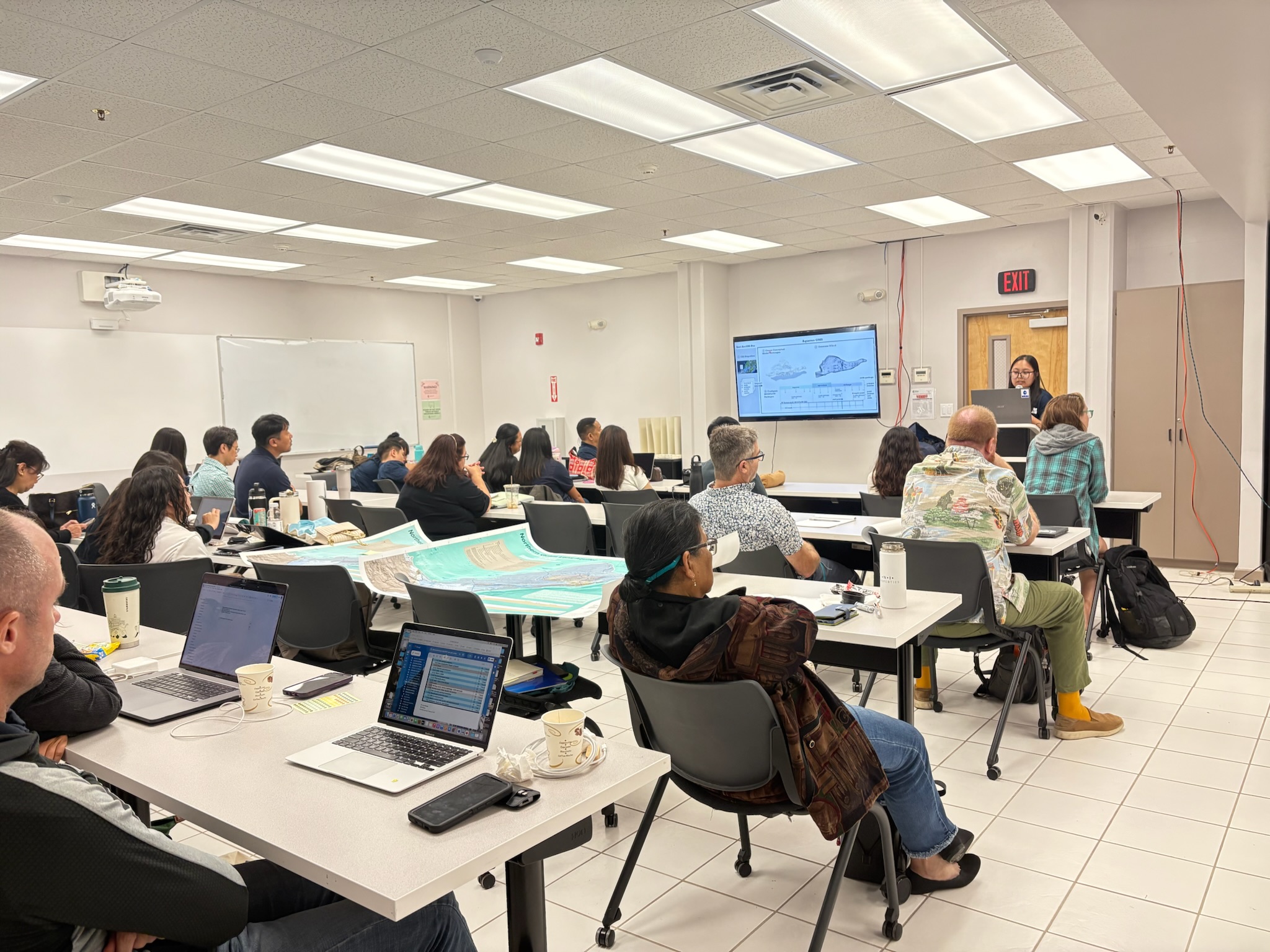
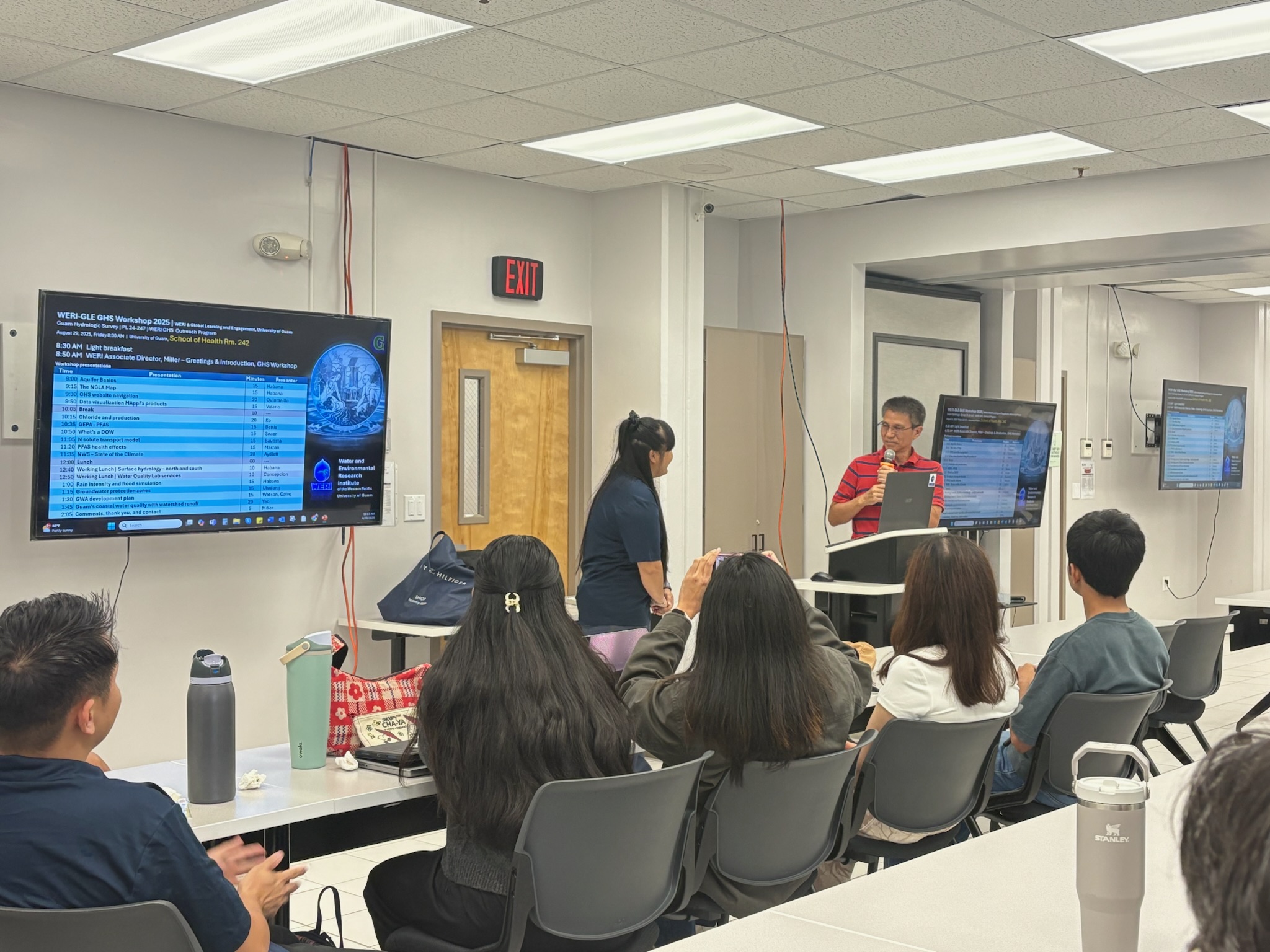
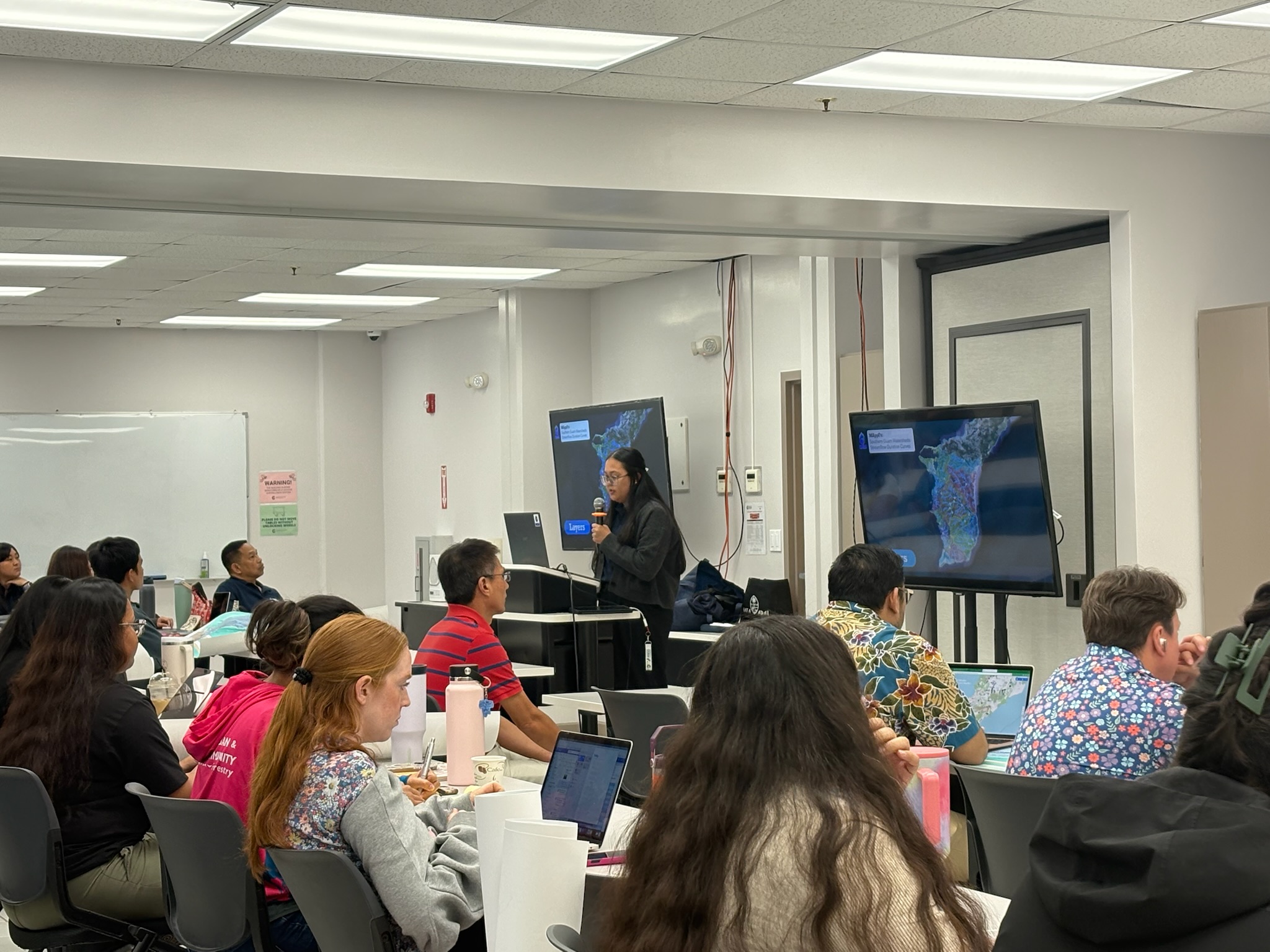
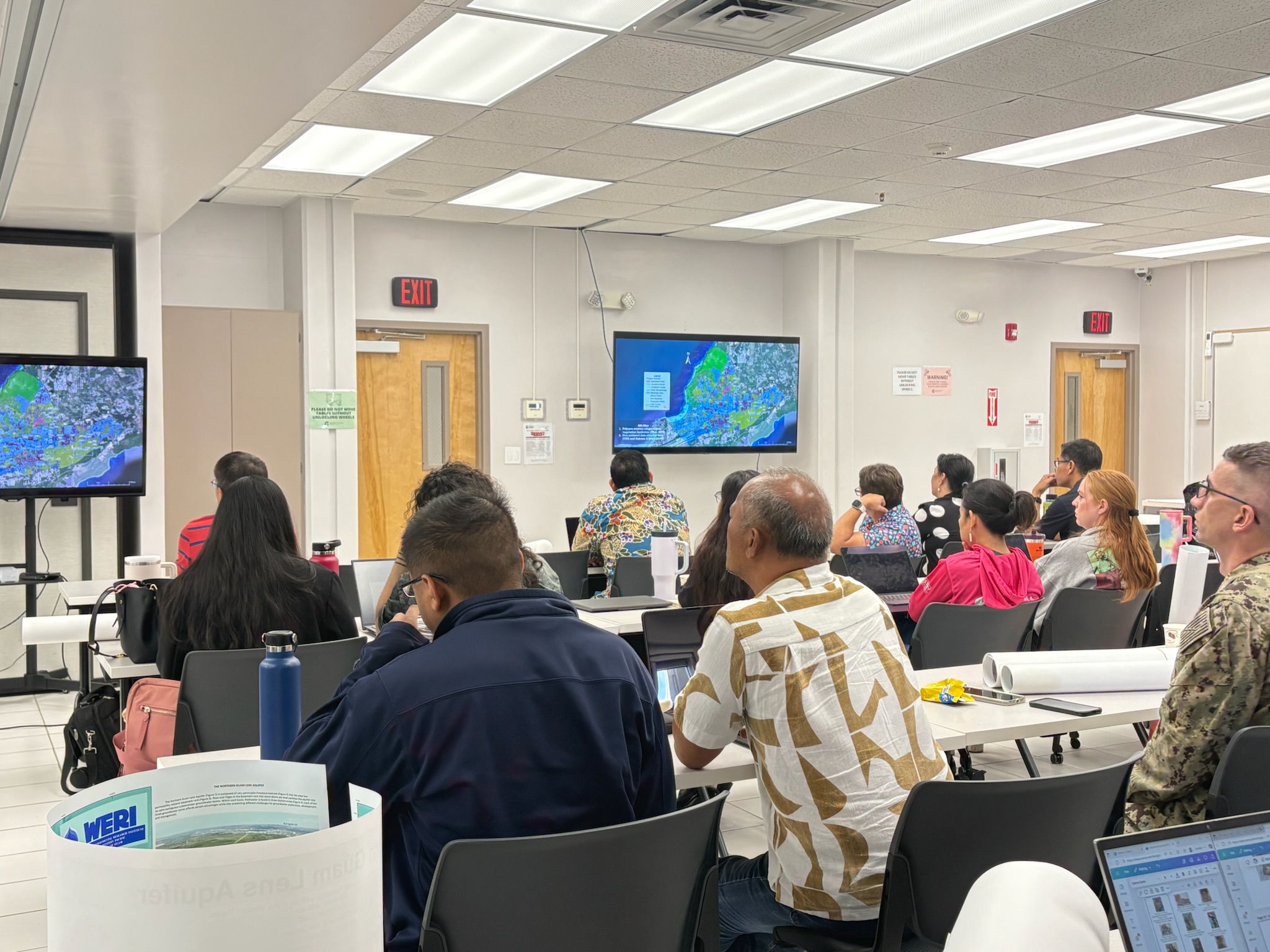
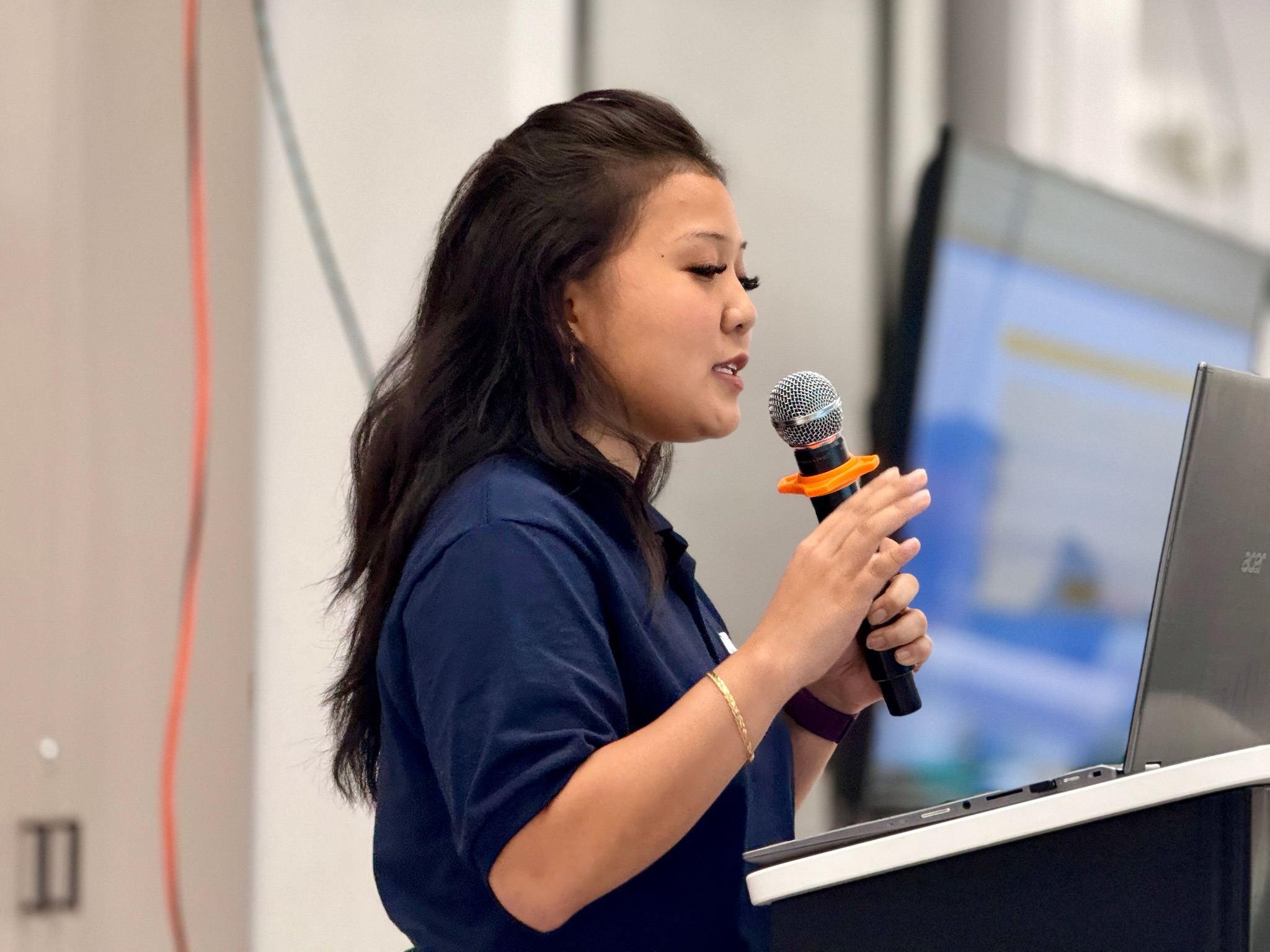
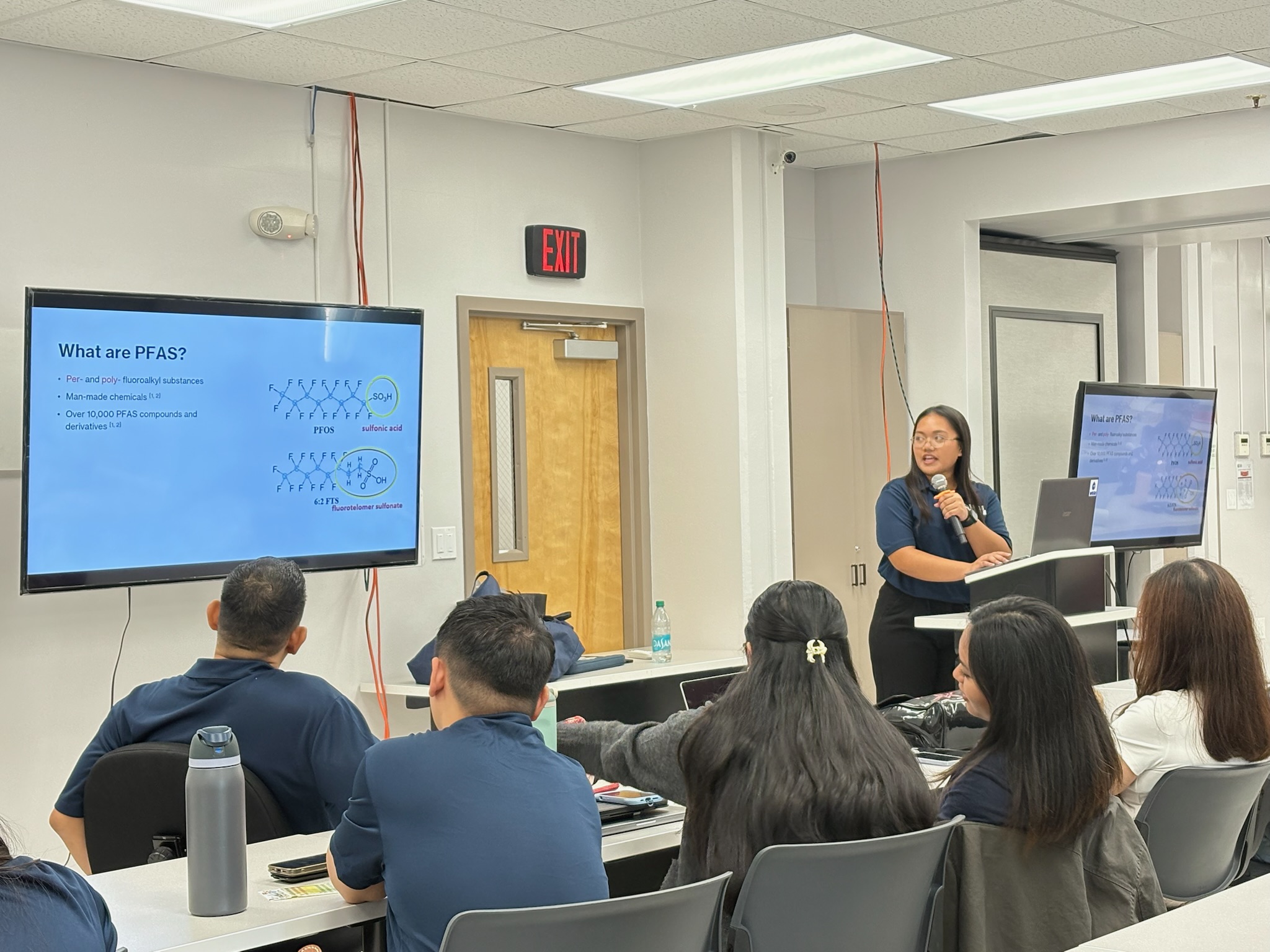
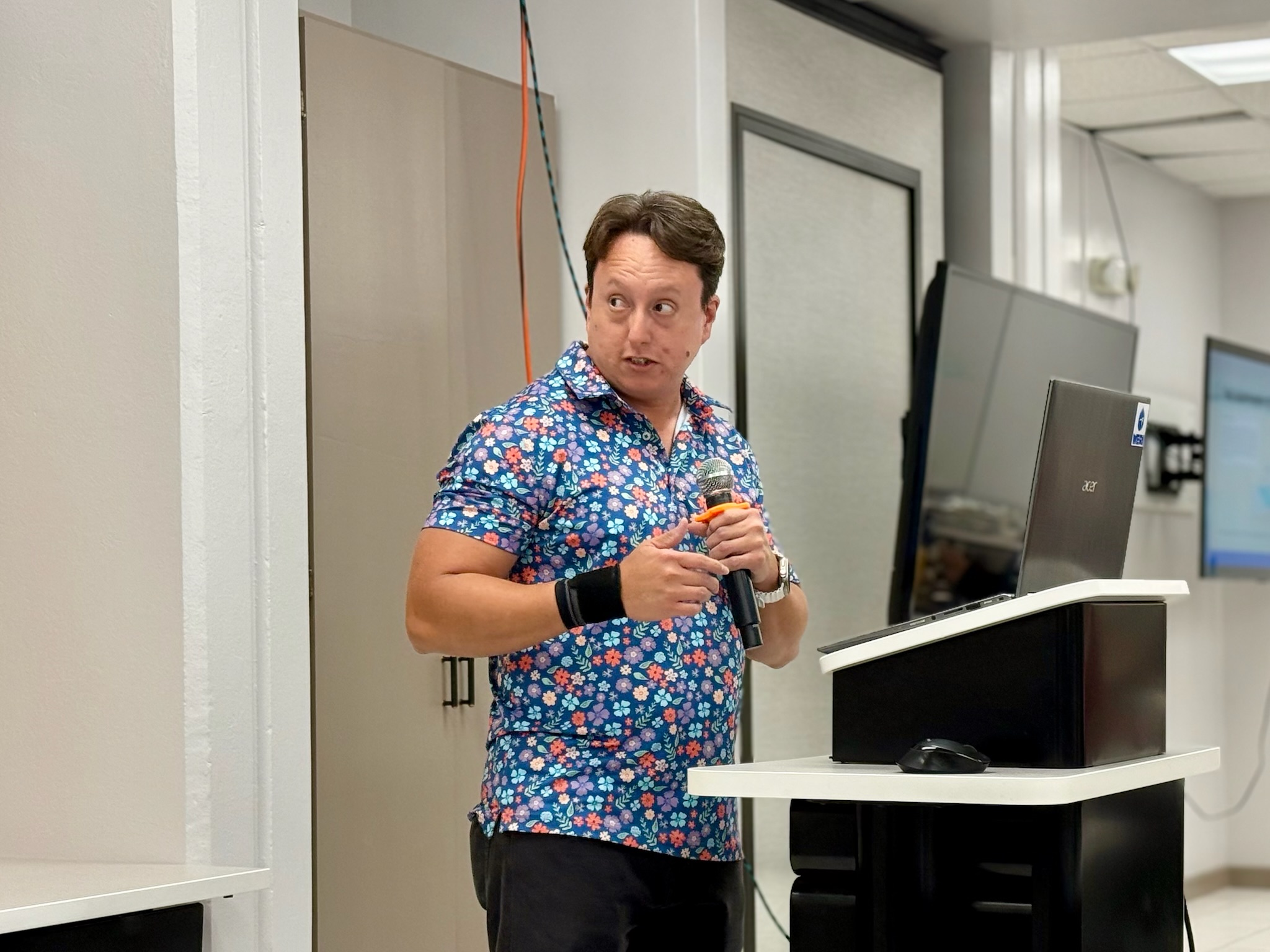

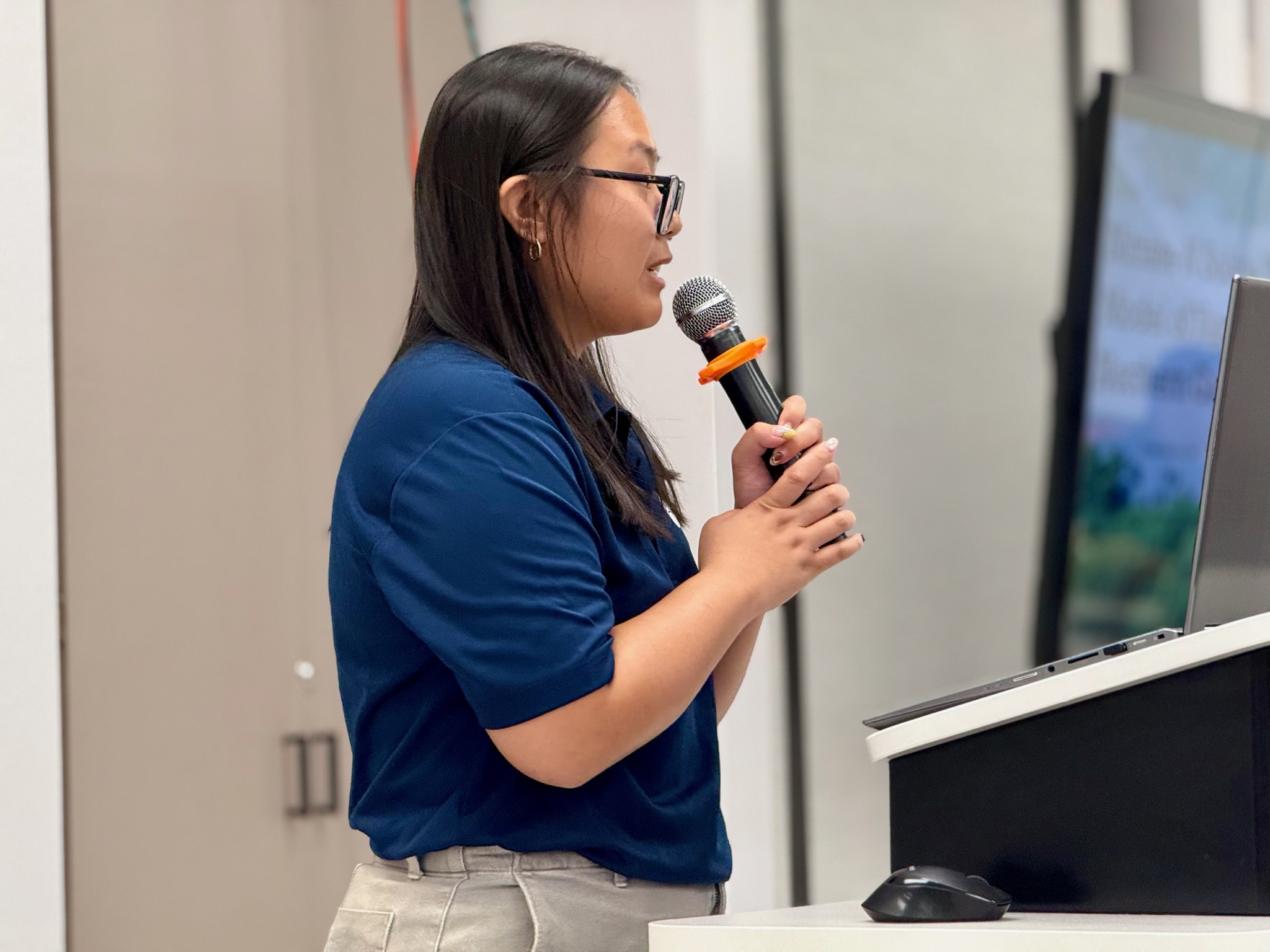
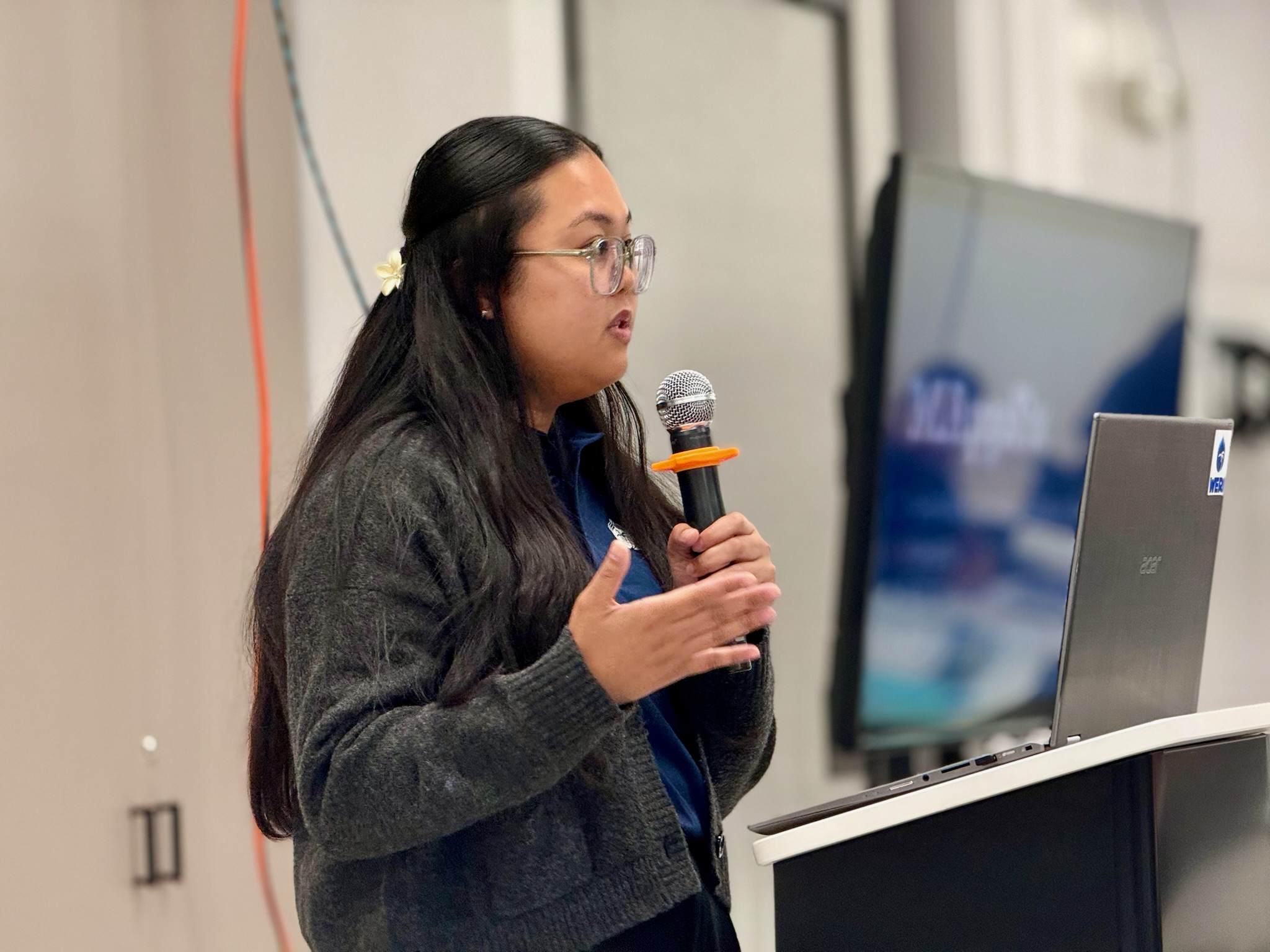
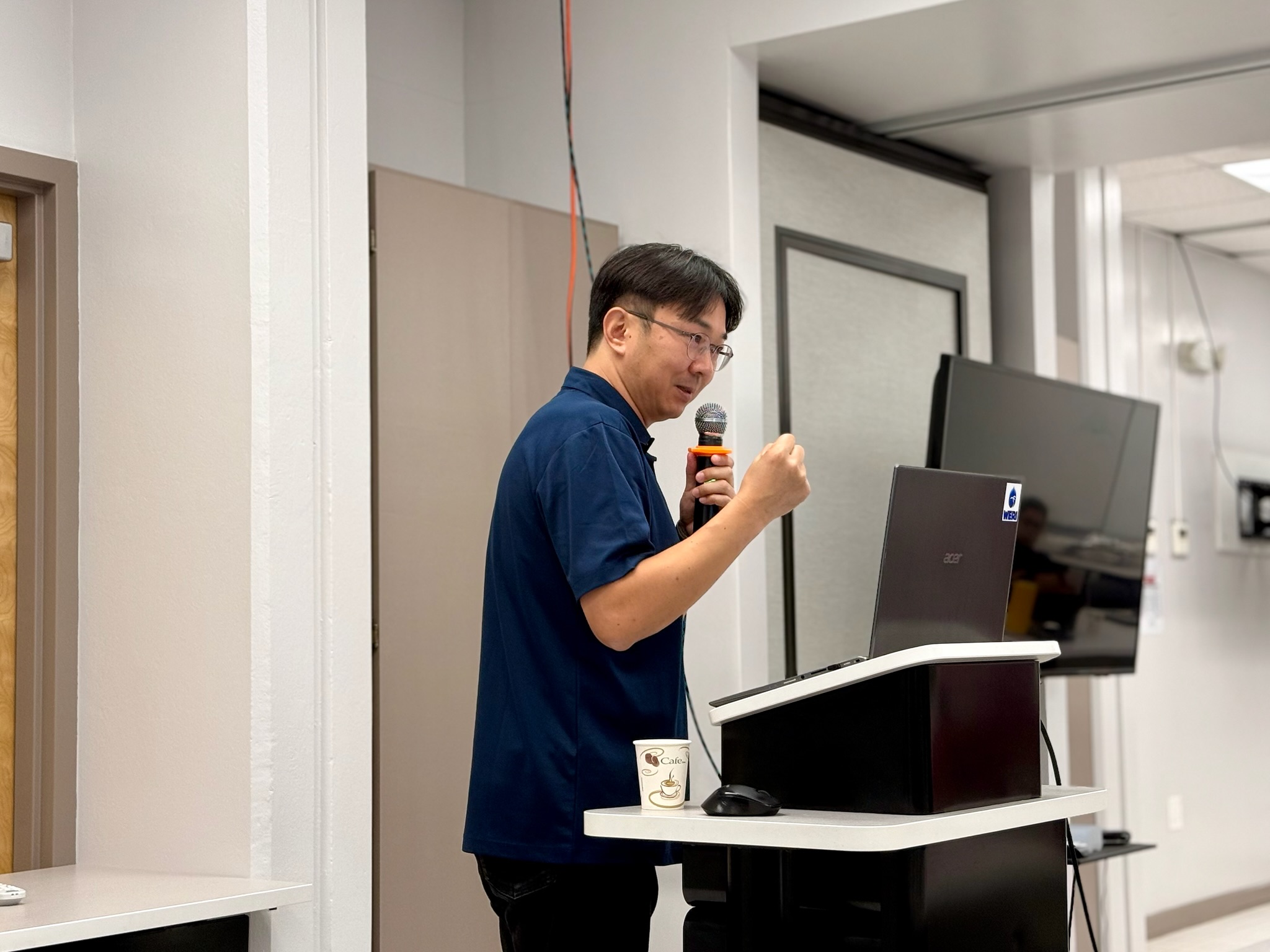
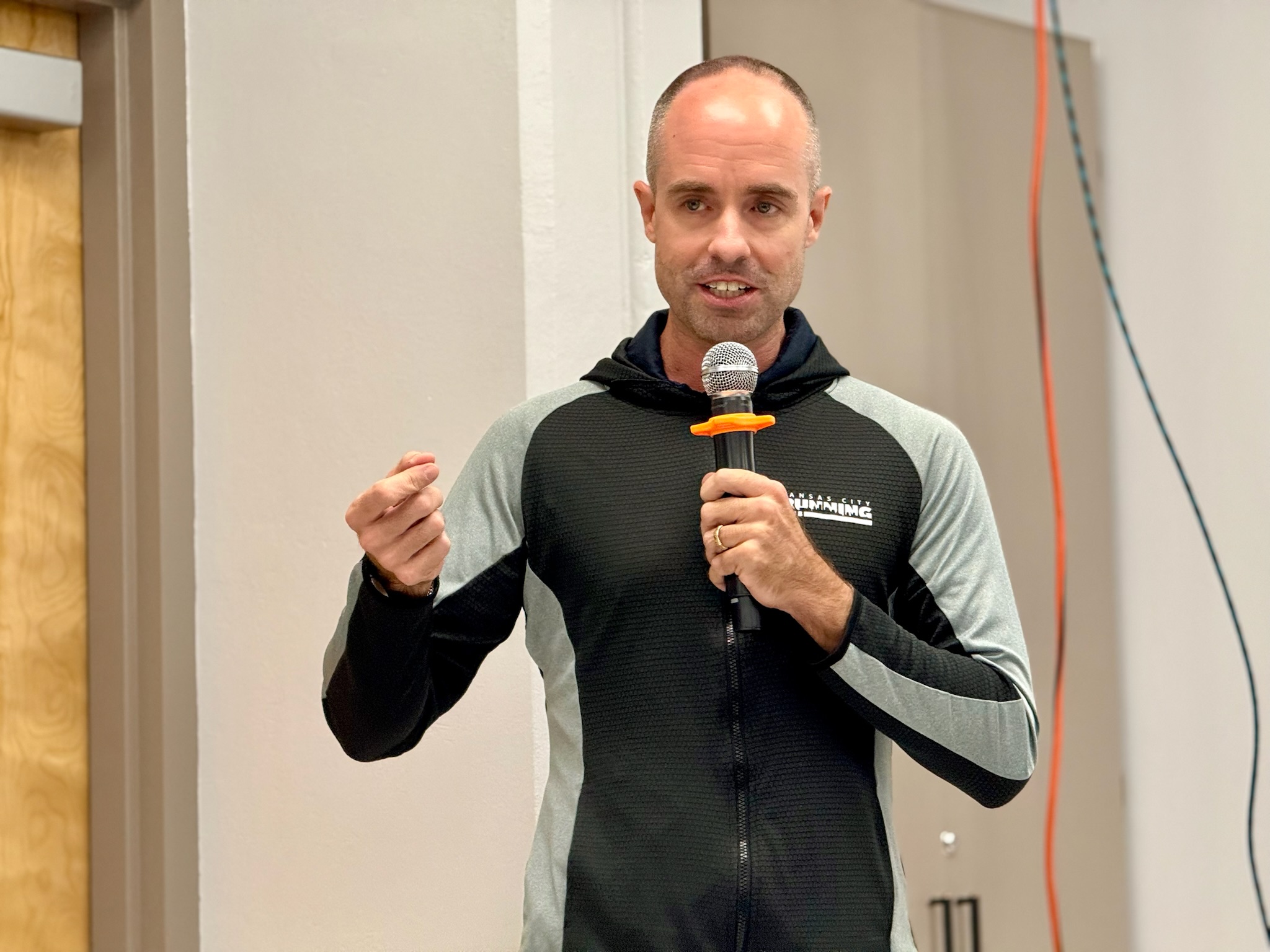
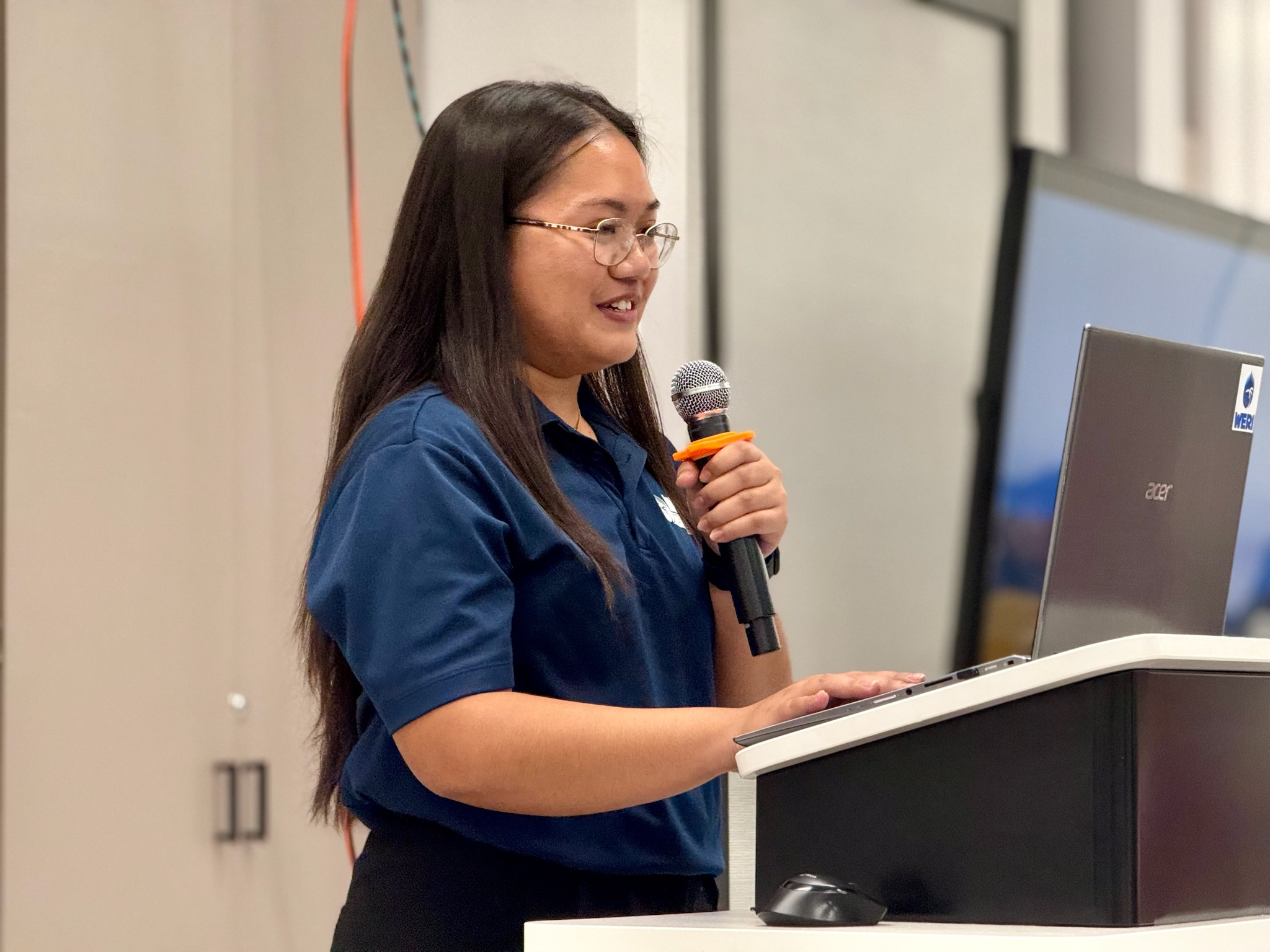
Alongside WERI’s work, the workshop welcomed guest presenters from key partner organizations, including the National Weather Service (NWS) and the Guam Waterworks Authority (GWA). These partnerships showcased the interconnected nature of weather, climate, and water infrastructure, and emphasized how cross-agency collaboration is vital in addressing challenges like extreme rainfall events, aquifer protection, and water quality.
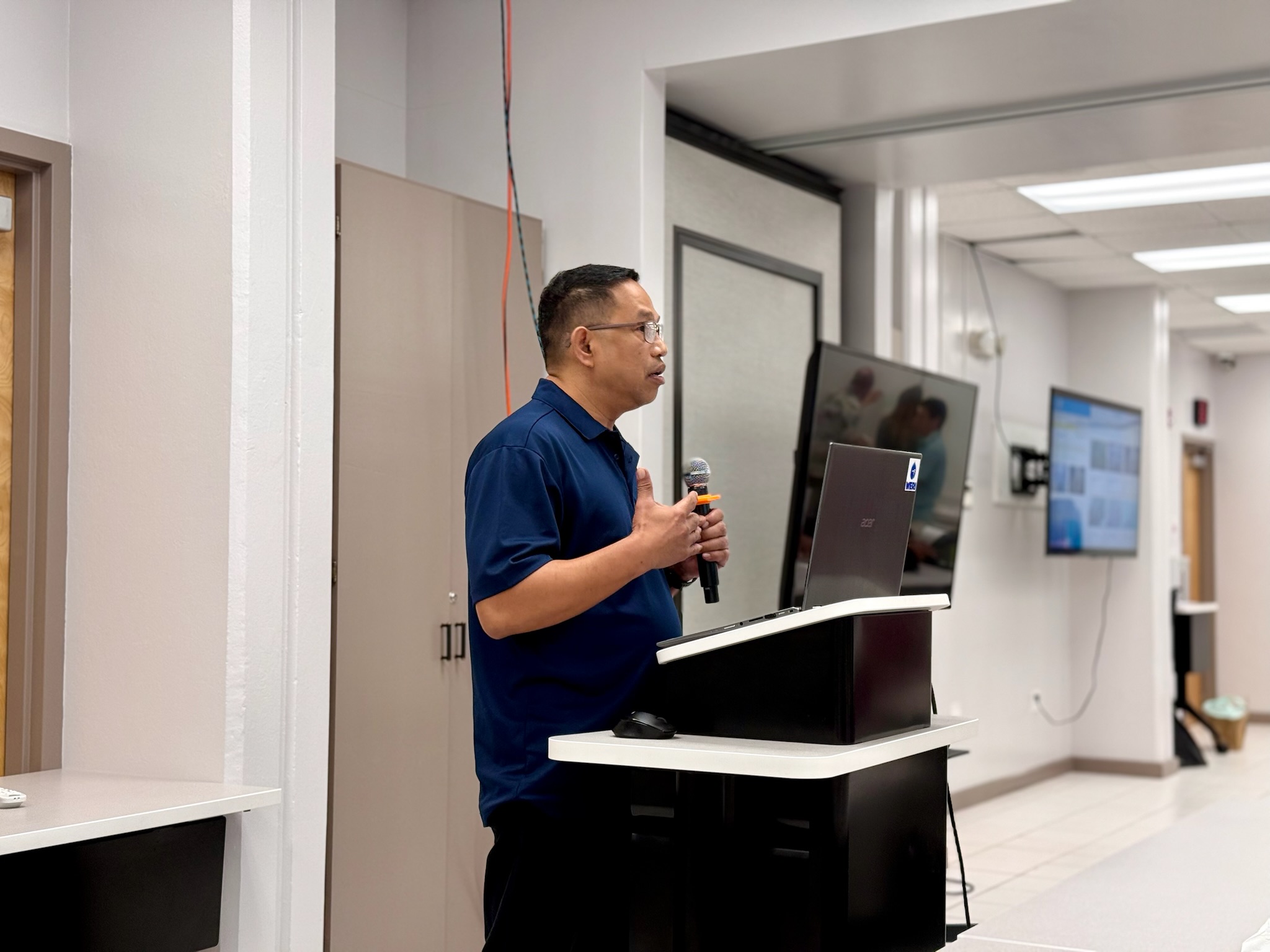
Dr. Nathan Habana opened the workshop with a focus on Guam’s Northern Guam Lens Aquifer (NGLA)—the island’s primary source of fresh water. His presentations provided an overview of aquifer basics and introduced updates to the NGLA map, which serves as a vital tool for understanding groundwater flow, recharge areas, and sustainable water use.
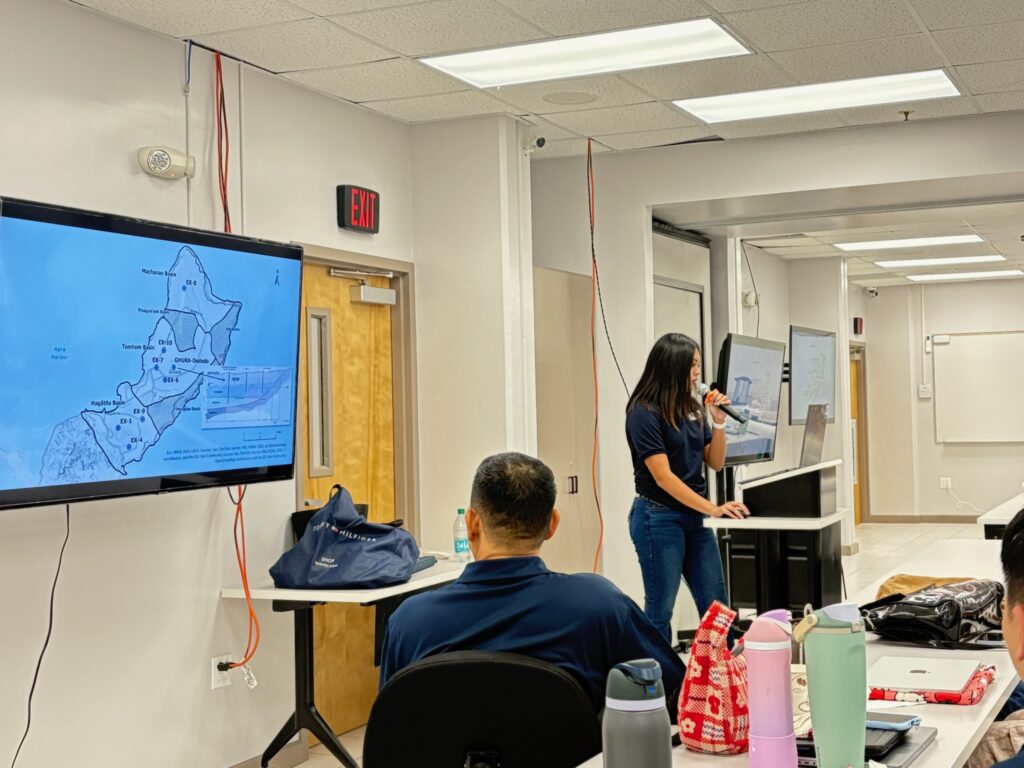
WERI Research Assistant Mary Clare Snaer introduced the concept of a DOW (Deep Observation Well) and explained its role in long-term monitoring of Guam’s groundwater resources. Ms. Snaer’s presentation emphasized how these observation points are critical for tracking changes in water levels, salinity, and aquifer health over time.
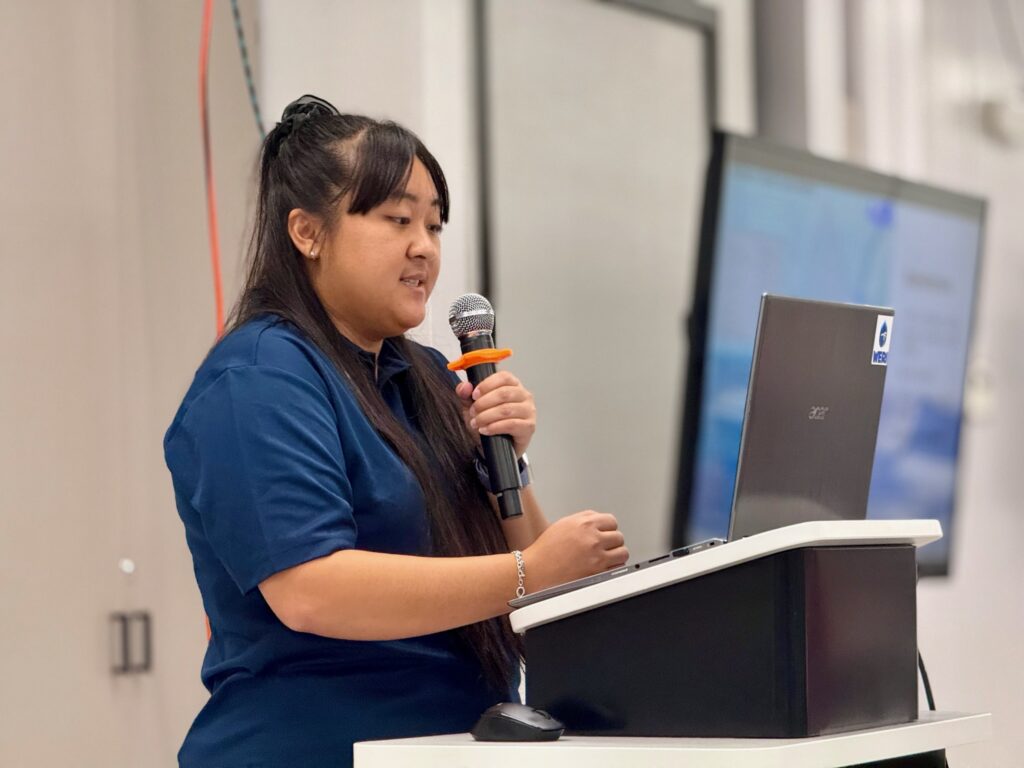
Hazelle Ko, WERI RA, presented on chloride and water production, highlighting the importance of monitoring chloride levels to protect freshwater resources. The session addressed how chloride levels influence well management and water quality, particularly in coastal zones where saltwater intrusion poses a risk to the aquifer.
Agencies in attendance:
BSP GCMP
DLM
GDOAG
GEPA
GHD
GHURA
GWA
HDR
Legislature
NAVFAC MAR
NGSWCD & SGSWCD
NWS
Private
UOG
UOG CLASS/DEAL
UOG CNAS
Bureau of Statistics and Plans, Guam Coastal Management Program
Department of Land Management
Department of Agriculture
Guam Environmental Protection Agency
Gutteridge Haskins & Davey Inc.
Guam Housing and Urban Renewal Authority
Guam Waterworks Authority
HDR, Inc.
Guam Legislature
Naval Facilities Engineering Systems Command Marianas
Northern & Southern Guam Soil and Water Conservation District
National Weather Service, Weather Forecast Office
Private
University of Guam
UOG, College of Language Arts and Social Sciences/English and Applied Linguistics
UOG, College of Natural Arts and Sciences

